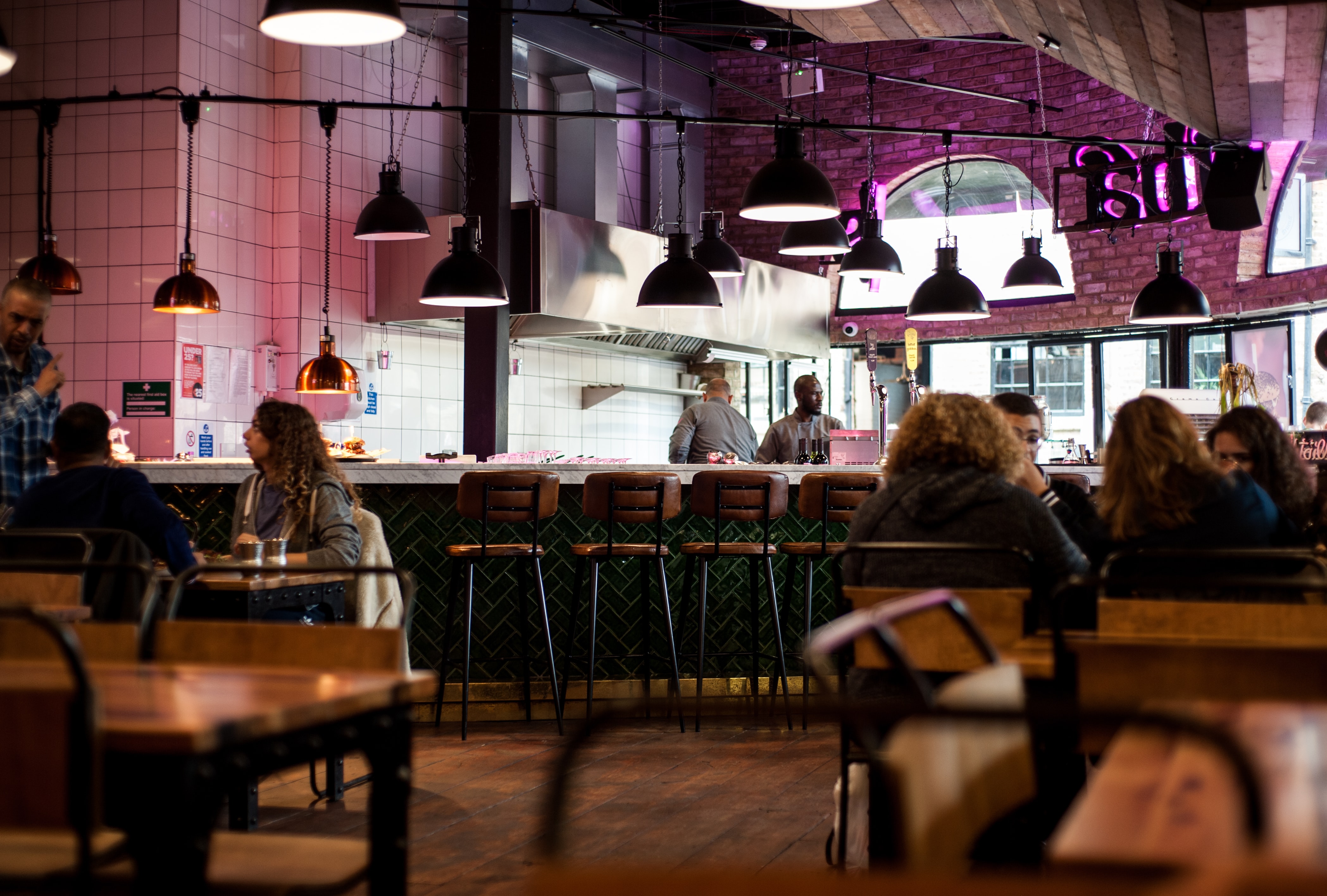Brandable: Agency Finds Creative Solution To Restaurant Closings

The effects of COVID-19 have undoubtedly shaken the food service industry—a sector that employs 10 percent of the U.S. workforce, or 15.6 million people nationwide, according to the National Restaurant Association (NRA). In March alone, the NRA reported the restaurant industry suffered a loss of more than three million jobs and $25 billion in revenue—a 50-percent decline. But while searching for a creative solution for an industry client, Culver City, California-based advertising agency High Wide & Handsome came across a creative way to encourage end users to support local businesses and help prevent restaurant closures by ordering takeout or delivery on Tuesdays.
The advertising agency marketed March 24 as a national “event”—appropriately dubbed The Great American Takeout—and encouraged consumers to place one pick-up or delivery order per week. Those who did so and shared a photo on social media using the hash tag #TheGreatAmericanTakeout and #Sweepstakes, and tagged @TheGATakeout on Twitter or @thegreatamericantakeout on Instagram, were eligible to win a gift card to use toward their next to-go order. The campaign was backed by a coalition of national restaurants, including California Pizza Kitchen, Chevys Fresh Mex, El Torito, The Habit Restaurants Inc., Jason’s Deli, Lemonade, Modern Market, Noodles & Company, Panera Bread and Veggie Grill—the latter is the company for which High Wide & Handsome initially designed the campaign. The promotion gained national success and was featured on Good Morning America and across news stations, and continued to be held on Tuesdays with larger brands getting involved. Coca-Cola stepped in and gave away 100 $50 gift cards and a $5,000 gift card grand prize—free takeout for the year—and Hidden Valley Ranch gave away 200 $50 gift cards.
The Great American Takeout not only became an inventive way for High Wide & Handsome to encourage end users to engage with a restaurant client, but grew into a national effort designed to keep the doors of local restaurants open by encouraging action on customers' behalf. As a social media campaign, it also became a way to generate family-and-friend moments and content that could be shared online, especially during a time when many people were dealing with the stressors of being at home with family or combating isolation.
–––––––––––––––––––––––––––––––––––––––––––––––––––––––––––
Danielle Renda is associate editor of PPB.

